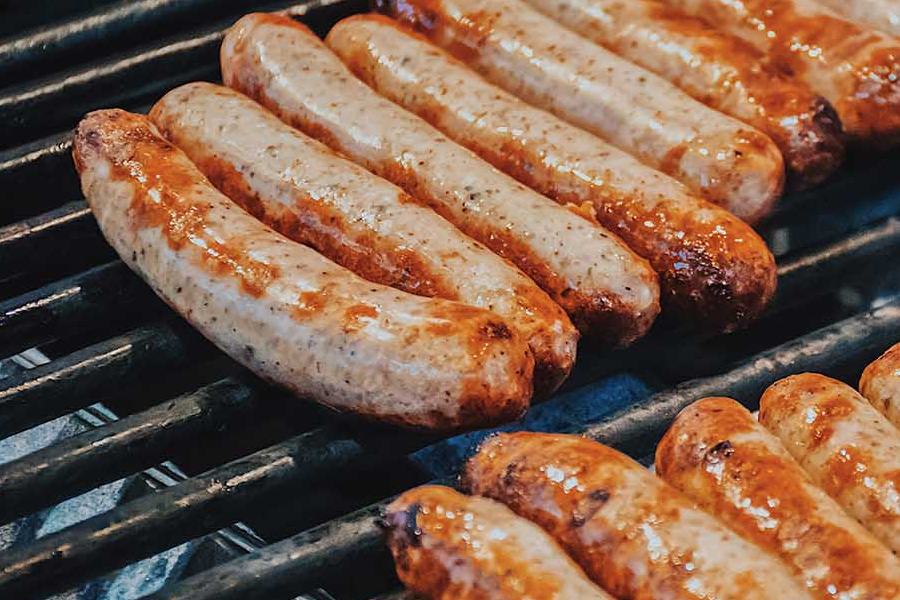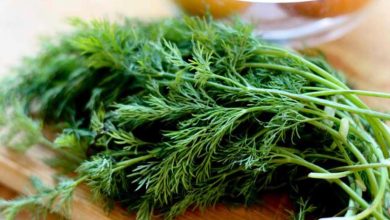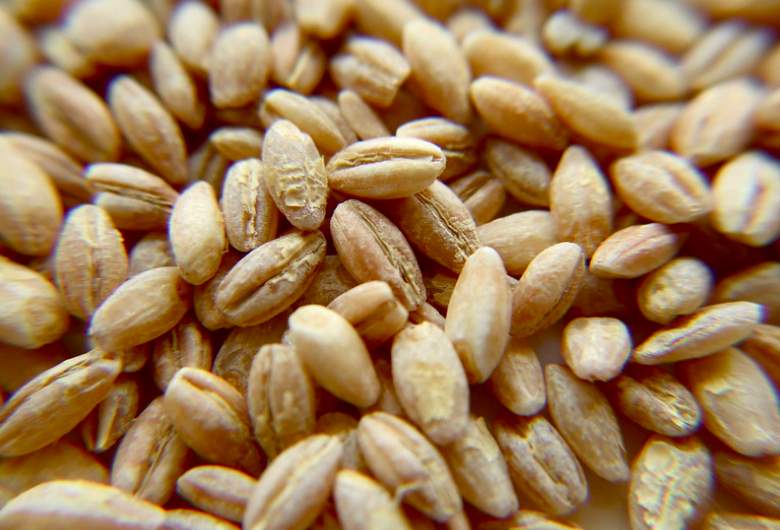As well as being rich in minerals and antioxidants, maple syrup protects the brain, the heart, and the immune system against various diseases. Stay with us until the end of this article if you’re looking for an alternative to industrial sugar.
What is the process of making maple syrup?
1. Tree drilling
In January and February, maple syrup producers drill holes in trees and attach water taps to them. A pipe system several kilometers long eventually connects all these valves.
2. The flow of sugary sap inside the tree
During the summer season, red maple trees and sugar maple trees produce sugar through photosynthesis. It is this sugar that allows tree cells to breathe and grow. In winter, all this sugar accumulates in the tree’s roots and body as starch. After spring arrives and the temperature varies between day and night, this sap constantly rises and falls and comes out of the tree with the pressure of the valves.
3. The harvesting process
Pipes connected to maple trees are used to harvest maple sap. Pipes carry maple sap. To collect the juice, these pipes are directed to a place called the sugar house.
4. Reverse osmosis for concentrating maple sap
Reverse osmosis reduces the water content and concentrates the sugar content of water collected in stainless steel containers.
5. The process of evaporating sap and turning it into syrup
Tree sap is boiled for several hours at 104 degrees Celsius until its sugar content reaches 66%. One liter of maple syrup requires approximately 40 liters of sap.
Maple syrup is used for what purposes?
Many foods are sweetened with the final product. As a condiment, it can be added to food while cooking. Pour some of it on pancakes and toast and drink it. Cakes, bread, and granola can even be baked with the sweetness of this delicious syrup.
What is healthier, maple syrup or sugar?
It is not safe to substitute maple syrup for sugar because it contains minerals. As with regular sugar, the sugar content of this fruit juice can cause obesity, type 2 diabetes, and heart disease. Whole foods and a balanced diet are the best ways to obtain these minerals.
Maple syrup has a glycemic index of 54, while regular sugar has a glycemic index of 65. Maple syrup raises blood sugar more slowly than sugar and is less harmful than sugar.

Maple syrup’s nutritional value
The following table shows the nutritional value of 100 grams of maple syrup:
| Nutrients | Nutritional Value |
| Water | 32.4 grams |
| calories | 260 calories |
| Protein | 0.04 grams |
| Fats | 0.06 grams |
| carbohydrates | 67 grams |
| Calcium | 102 mg |
| magnesium | 21 mg |
| potassium | 212 mg |
| Manganese | 2.91 mg |
| Zinc | 1.47 mg |
Maple syrup properties
The properties of maple syrup are numerous. Below are some of the health benefits of maple syrup, since it contains many important nutrients such as minerals, vitamins, amino acids, and other elements:
Disease prevention and cell damage prevention:
Antioxidants found in maple syrup help prevent a number of diseases and protect cells from damage. The darker the maple syrup’s color, the higher the antioxidant content.
Energy maintenance:
Maple syrup may help athletes maintain energy and prevent fatigue and exhaustion.
Reduction of cholesterol:
The consumption of maple syrup may prevent hepatitis and lower cholesterol levels.
Neurological disease prevention:
In studies, maple syrup has been shown to reduce the disorder of brain proteins responsible for a number of neurological disorders, including Alzheimer’s disease.
Manganese deficiency prevention:
Maple syrup helps prevent manganese deficiency, a rare and serious illness. It contains a high proportion of manganese.
Increasing the body’s general health:
In addition to manganese, which is good for bone health and sexual health, this drink contains vitamin B2 or riboflavin, which prevents migraines.
Cancer prevention:
Maple syrup may help prevent or control some types of gastrointestinal cancer, especially upper gastrointestinal cancer, according to some preliminary studies.
Maple syrup side effects
There is the possibility that some may suffer from an allergy to maple syrup, especially if they are allergic to pollen. Maple syrup can also harm health if consumed in excess. Among the damages caused by sugar, the following can be mentioned:
Decay of the teeth:
Sugar in maple syrup increases the risk of tooth decay.
Diabetes-related complications include:
Maple syrup contains no fiber and is high in sugar. As a result, rapid fluctuations in blood sugar and insulin levels may cause a number of health disorders and complications, especially in diabetics, and increase the likelihood of weight gain due to frequent hunger pangs.
In summary:
Because maple syrup contains a high percentage of sugar and is extracted from the trunk of the maple tree in certain seasons, it is often used as a sugar substitute. When used at normal rates, it contains very important nutrients and is a healthy alternative to sugar.
Types of juice include:
In 2015, the Canadian Food Inspection Agency and the United States Department of Agriculture introduced four types of maple syrup:
1. Delicate taste and golden color
2. Amber color and rich taste
3. Strong taste and dark color
4. The color is very dark and the taste is very strong
When it contains impurity particles, it loses its clarity, so as long as the product is clear, classify it as A quality.
Maple syrup is composed of what components?
The main organic acid in this syrup is malic acid. The amount of potassium and calcium in maple syrup is small, but the amount of zinc and manganese is considerable. A small amount of amino acid is also present in this syrup, which increases at the end of the sap collection season, increasing the taste of the syrup. Moreover, it contains a large amount of variable organic compounds, including vanillin, hydroxybutanone, and propyaldehyde. Furanone and strawberry maltol contribute to the flavor of the fruit juice, even though the source of the flavor is unknown.
A comparison of maple syrup and honey:
Maple sap looks similar to honey if you have consumed a little of it. What is the difference between these two products? When and why should you use maple syrup? In order to answer these questions, we must compare maple sap with similar products.
Our next comparison will compare maple syrup with its rival honey based on their nutritional content.
Calorie content
Each tablespoon of pure maple syrup contains 52 calories, while one tablespoon of honey contains 62 calories.
carbohydrate
There is debate over the amount of carbohydrates in these two products. Maple syrup contains about 13.5 grams of carbohydrates, of which 12.4 grams are sugar. In the body, these sugars break down into fructose and glucose, while each tablespoon of honey contains 17.4 grams of carbohydrates, 17.3 of which are sugars. These sugars contain much less sucrose. Honey contains a higher amount of fructose than sugar. The heart and liver are damaged by a diet high in fructose.
Fat content
There are very small amounts of saturated, monounsaturated (monounsaturated) and polyunsaturated (polyunsaturated) fats in one tablespoon of pure maple syrup. As honey is fat-free, it does not contain any of these three types of fat.
Elements and vitamins
The amount of vitamins in honey is significantly higher than that in maple syrup. As a result, this popular food item contains vitamin B6 and vitamin C, while maple syrup does not. In addition, honey contains three times more riboflavin than syrup. Maple syrup, however, also contains more minerals. Iron, calcium, zinc, manganese, and potassium are all found in maple syrup, for example.
Antioxidants
Maple sap and honey have similar antioxidant properties and act in a moderate manner. (Antioxidants prevent cancer by fighting free radicals.)
The last thing you should know is that honey and maple sap have their own unique properties. If you want a sweet treat with a lot of vitamins and no fat, honey is the best choice, and maple syrup is good if you’re watching your sugar and fructose intake. If you want, you can use both of these products. The body requires vitamins and minerals from honey and maple sap.










